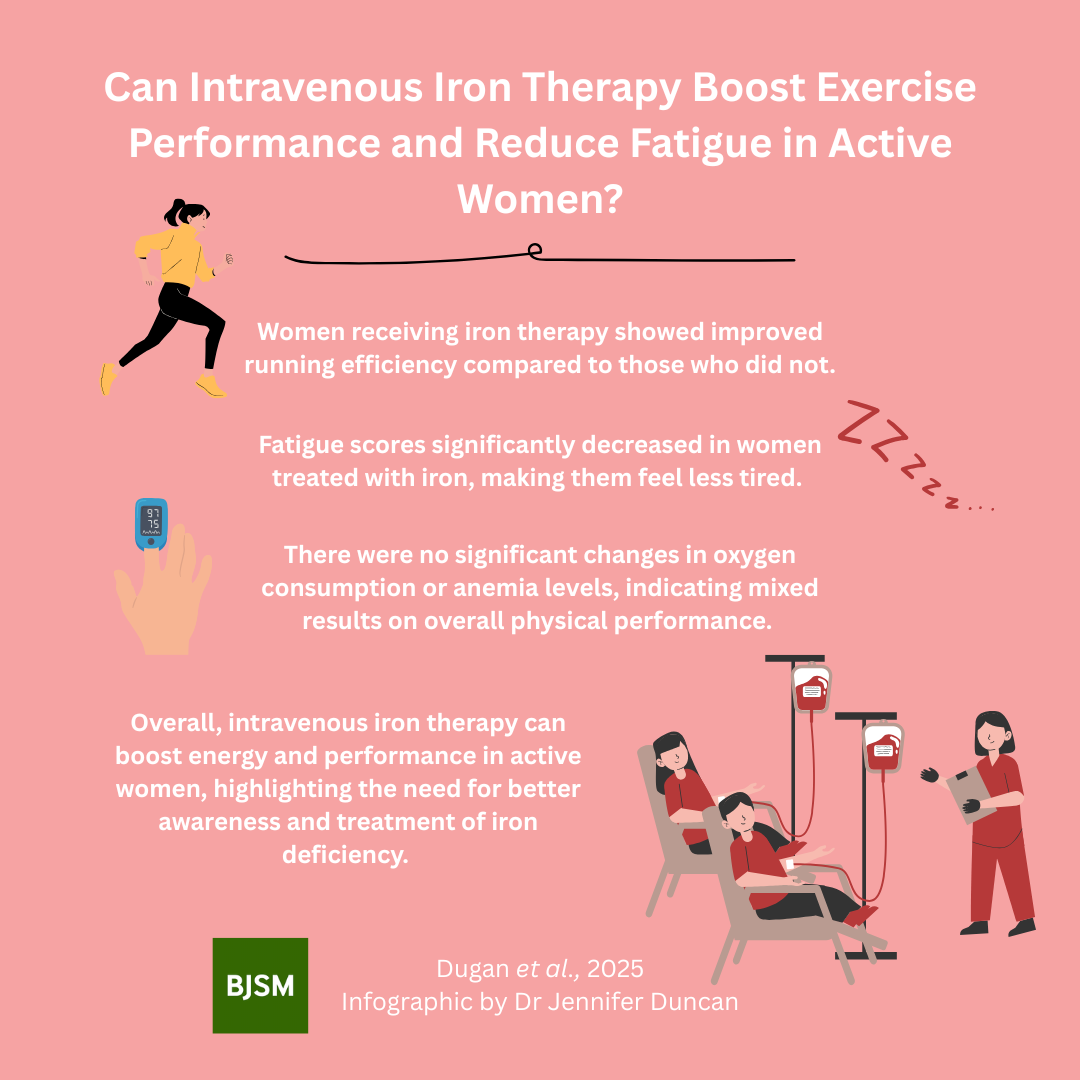Are you using powerful skincare actives to boost your routine? Mixing them might seem like a quick way to maximize results.
But have you ever wondered if combining certain actives could actually reduce their effectiveness? Your skin is unique, and some ingredient pairings can clash, making your products work less efficiently or even cause irritation. You’ll discover which actives you should avoid mixing and how to safely layer your skincare for the best results.
Keep reading to unlock the secrets that will help your skin glow without wasting your effort or products.

Credit: www.threads.com
Common Active Ingredients To Avoid Mixing
Mixing active ingredients in skincare can sometimes reduce their effectiveness. Certain combinations can cause irritation or neutralize each other. Knowing which actives to avoid mixing helps maintain your skincare routine’s benefits.
This section covers common active ingredients that should not be combined. Understanding these pairs ensures better results and prevents skin problems.
Retinoids And Benzoyl Peroxide
Retinoids and benzoyl peroxide are powerful acne-fighting ingredients. Using them together can cause irritation and redness. Benzoyl peroxide can also reduce the effectiveness of retinoids by breaking down their molecules.
Retinoids And Vitamin C
Vitamin C works best at a low pH, while retinoids prefer a higher pH. Mixing these actives can reduce their potency. It is better to use Vitamin C in the morning and retinoids at night.
Retinoids And Ahas/bhas
AHAs and BHAs exfoliate the skin, while retinoids increase cell turnover. Combining them can lead to excessive dryness and irritation. Use these actives on alternate days to avoid skin damage.
Vitamin C And Ahas/bhas
Vitamin C is acidic, and AHAs/BHAs are exfoliants. Using them together can increase skin sensitivity. This mix may also destabilize Vitamin C, reducing its antioxidant benefits.
Vitamin C And Benzoyl Peroxide
Benzoyl peroxide can oxidize Vitamin C, making it less effective. This reaction also may cause skin irritation. Apply these ingredients separately in your skincare routine.
Niacinamide And Ahas/bhas
Niacinamide works well at a neutral pH, while AHAs and BHAs lower the skin’s pH. Mixing them can reduce niacinamide’s effectiveness. Using them at different times helps maintain their benefits.

Credit: blogs.bmj.com
How Mixing Affects Ingredient Potency
Mixing active ingredients in skincare can change how strong they work. Some ingredients lose power when combined. Others may react and cause skin problems. Understanding these interactions helps keep your routine safe and effective.
Actives have specific pH levels and chemical properties. When mixed incorrectly, these can alter each other’s potency. This means your products may not work as well. Sometimes, the mix can even irritate your skin.
How Ph Levels Influence Ingredient Strength
Many actives need a certain pH to work best. For example, vitamin C is most effective in a low pH. Mixing it with high pH products can reduce its effect. AHAs and BHAs also require an acidic environment. Using them with alkaline products lowers their potency.
Chemical Reactions Between Actives
Some ingredients react and change each other’s structure. Retinol and benzoyl peroxide are a common example. Together, they break down and become less effective. Niacinamide and acids like AHAs can also clash. These reactions may cause redness or dryness too.
Layering Order Affects Performance
The order of applying actives matters. Applying a stronger acid first can block absorption of gentler ingredients. Layering vitamin C before retinol can reduce retinol’s benefits. Proper layering helps each ingredient work at full strength.
Spacing Out Applications
Using actives at different times can prevent loss of potency. Morning for vitamin C, evening for retinol is a common rule. This avoids negative interactions and skin irritation. It also gives each product time to work properly.
Skin Reactions From Incompatible Actives
Using multiple active ingredients in skincare can improve results. Yet, mixing certain actives might cause unwanted skin reactions. These reactions happen when ingredients clash and disturb skin balance.
Understanding skin reactions from incompatible actives helps protect your skin. It also guides you to use actives safely and effectively.
What Causes Skin Reactions From Mixing Actives?
Certain actives have different pH levels or chemical properties. When combined, they can irritate or damage the skin barrier. For example, acids mixed with retinoids often cause redness or peeling.
Some actives may neutralize each other, reducing their benefits. This can lead to dryness, inflammation, or breakouts.
Common Incompatible Active Combinations
Retinoids and benzoyl peroxide often cause dryness and irritation. Vitamin C and AHAs or BHAs can disrupt each other’s effectiveness. Niacinamide mixed with strong acids may increase skin sensitivity.
Mixing these without care may result in redness, stinging, or flaking.
How To Avoid Skin Reactions From Incompatible Actives
Use actives at different times of the day or on alternate days. Start with lower concentrations to test your skin’s tolerance. Always patch test new combinations to check for reactions.
Consult product instructions and avoid mixing actives known to conflict. Keeping a simple routine helps your skin stay calm and healthy.

Credit: blogs.bmj.com
Tips For Safe Active Layering
Using multiple active ingredients in skincare can improve results but requires care. Some actives may react with each other and reduce effectiveness. Proper layering and timing keep your skin safe and products working well.
Start Slow And Test Your Skin
Begin with one active ingredient at a time. Apply it for a few days to check how your skin reacts. Add another active only if your skin feels comfortable. This approach helps avoid irritation and negative reactions.
Know Which Actives To Avoid Mixing
Some actives should not be used together. For example, retinol and vitamin C can cancel each other out. Avoid combining AHAs or BHAs with niacinamide. Learn about these pairs before combining products.
Use Different Times Of Day
Apply some actives in the morning and others at night. Vitamin C works best in the morning. Retinol and acids are better suited for evening use. This method reduces the chance of reducing product effectiveness.
Layer From Thinnest To Thickest
Apply skincare products in order of their texture. Start with water-based serums, then move to thicker creams. This helps ingredients absorb properly and work better on your skin.
Give Time Between Layers
Wait a few minutes between applying actives. This allows each ingredient to absorb fully. It prevents mixing on your skin and keeps products stable and effective.
When To Space Out Active Use
Spacing out the use of actives in skincare routines can help maintain their effectiveness. Some active ingredients may conflict if applied together. These conflicts can reduce the benefits or irritate the skin.
Learning when to separate actives allows your skin to absorb each ingredient fully. It also lowers the chance of redness or sensitivity. Understanding your skin’s reaction helps decide the best timing for each product.
Timing Retinoids And Acids
Retinoids and strong acids, like AHAs or BHAs, often need different application times. Using them together can cause irritation and reduce their power. It’s best to use retinoids at night and acids during the day or on alternate days.
Separating Vitamin C And Niacinamide
Vitamin C and niacinamide work well but require spacing to avoid pH imbalance. Applying them at different times, such as vitamin C in the morning and niacinamide at night, keeps both effective.
Spacing Benzoyl Peroxide And Retinoids
Benzoyl peroxide can deactivate retinoids if used together. Using benzoyl peroxide in the morning and retinoids at night prevents this issue and protects your skin.
Using Ahas/bhas And Niacinamide Safely
AHAs or BHAs can lower the skin’s pH, affecting niacinamide’s performance. Applying acids first and waiting before using niacinamide helps both work better without irritation.
Frequently Asked Questions
Which Actives Should Not Be Mixed?
Avoid mixing retinol with benzoyl peroxide, vitamin C, salicylic acid, or AHAs/BHAs. Also, skip combining vitamin C with AHAs/BHAs or benzoyl peroxide. Niacinamide should not mix with AHAs/BHAs to prevent irritation and reduced effectiveness. Use these actives separately for best results.
Can I Use Two Actives Together?
Using two actives together can cause irritation or reduce effectiveness. Beginners should avoid mixing them. Always patch test and space applications for safety.
What Is The 1% Rule In Skincare?
The 1% rule in skincare means only 1% of active ingredients should be in a formula to ensure safety and effectiveness.
What Happens If I Mix Niacinamide With Acids?
Mixing niacinamide with acids like AHAs or BHAs can raise skin pH, reducing product effectiveness. Use them separately to avoid irritation and maintain benefits.
Conclusion
Mixing skincare actives can sometimes lower their power. Some ingredients clash and cancel out benefits. Using them incorrectly may also cause skin irritation. It’s best to learn which actives work well together. Start slow and watch how your skin reacts.
Proper timing and layering help maintain their strength. Clear skin needs careful ingredient choices and patience. Remember, less can be more with actives. Keep your routine simple and effective for best results.
 Skip to content
Skip to content 